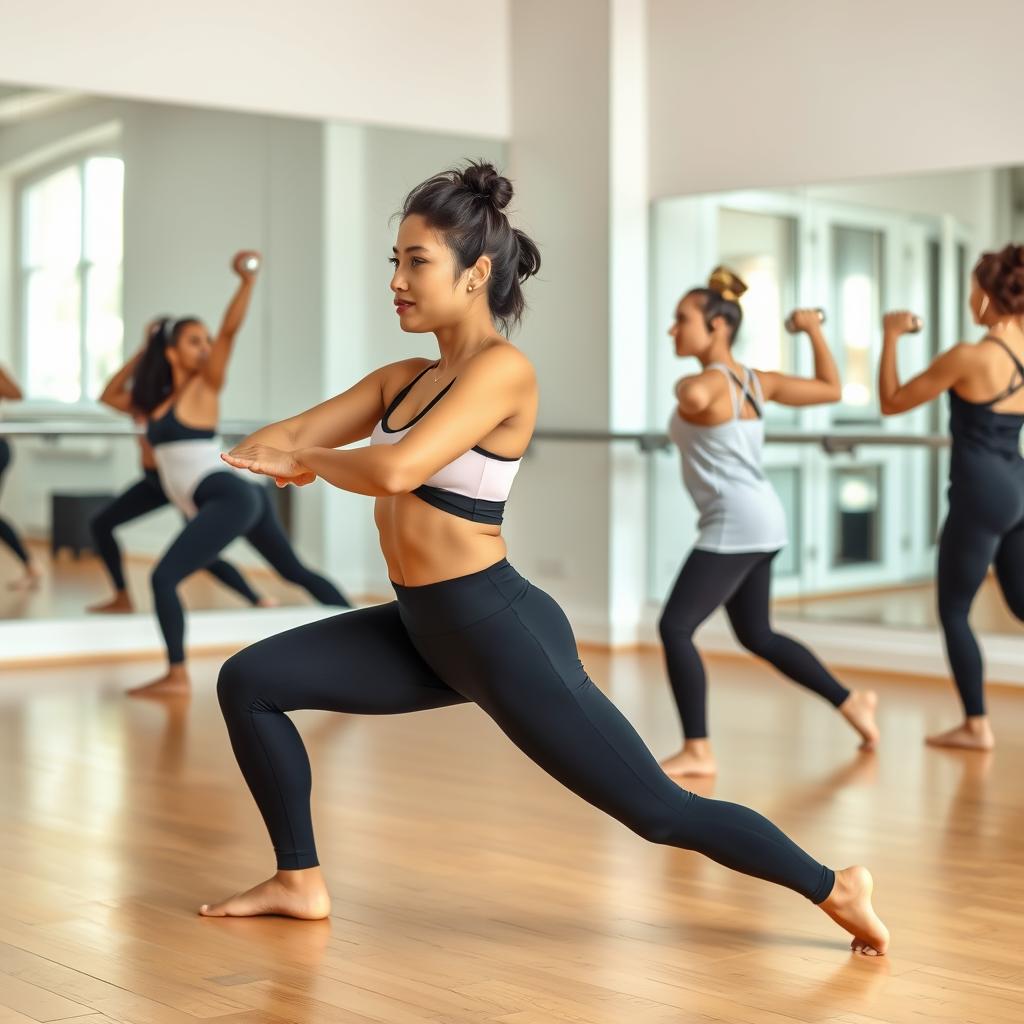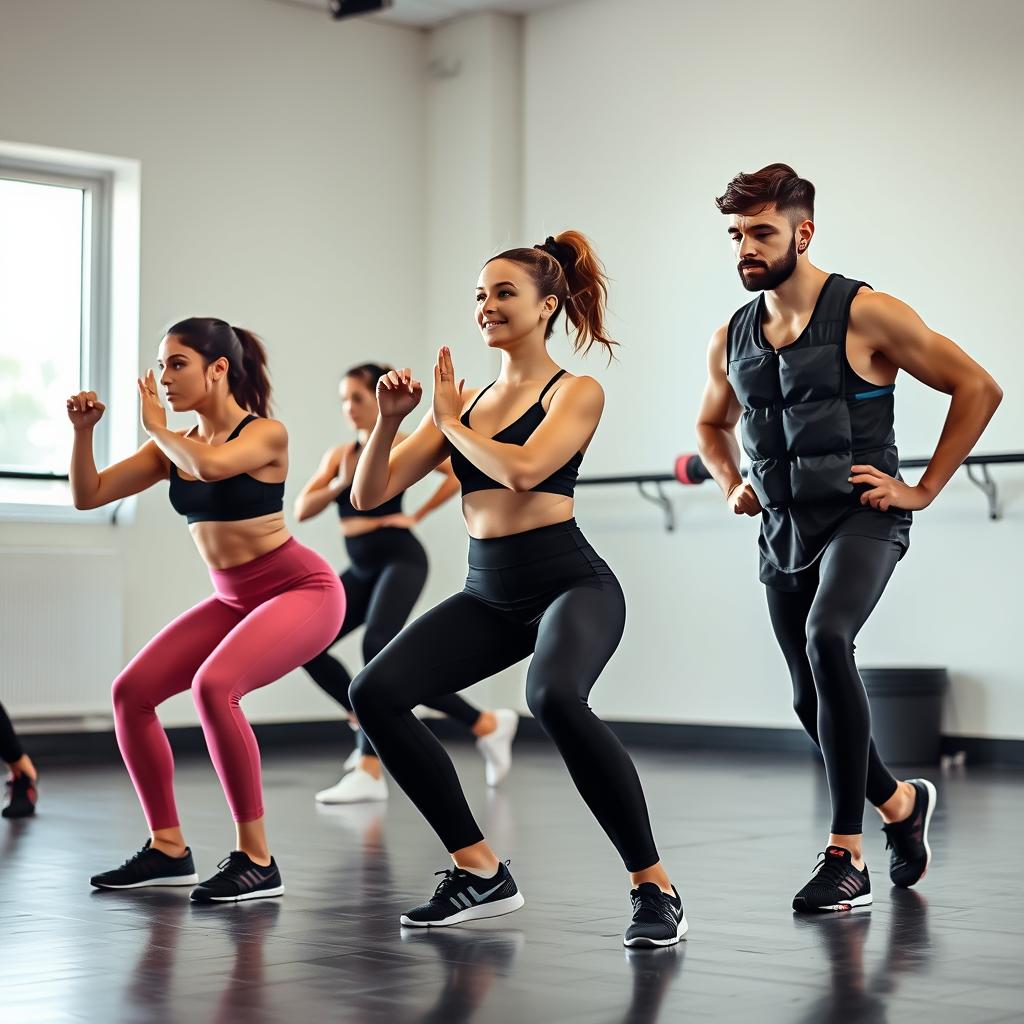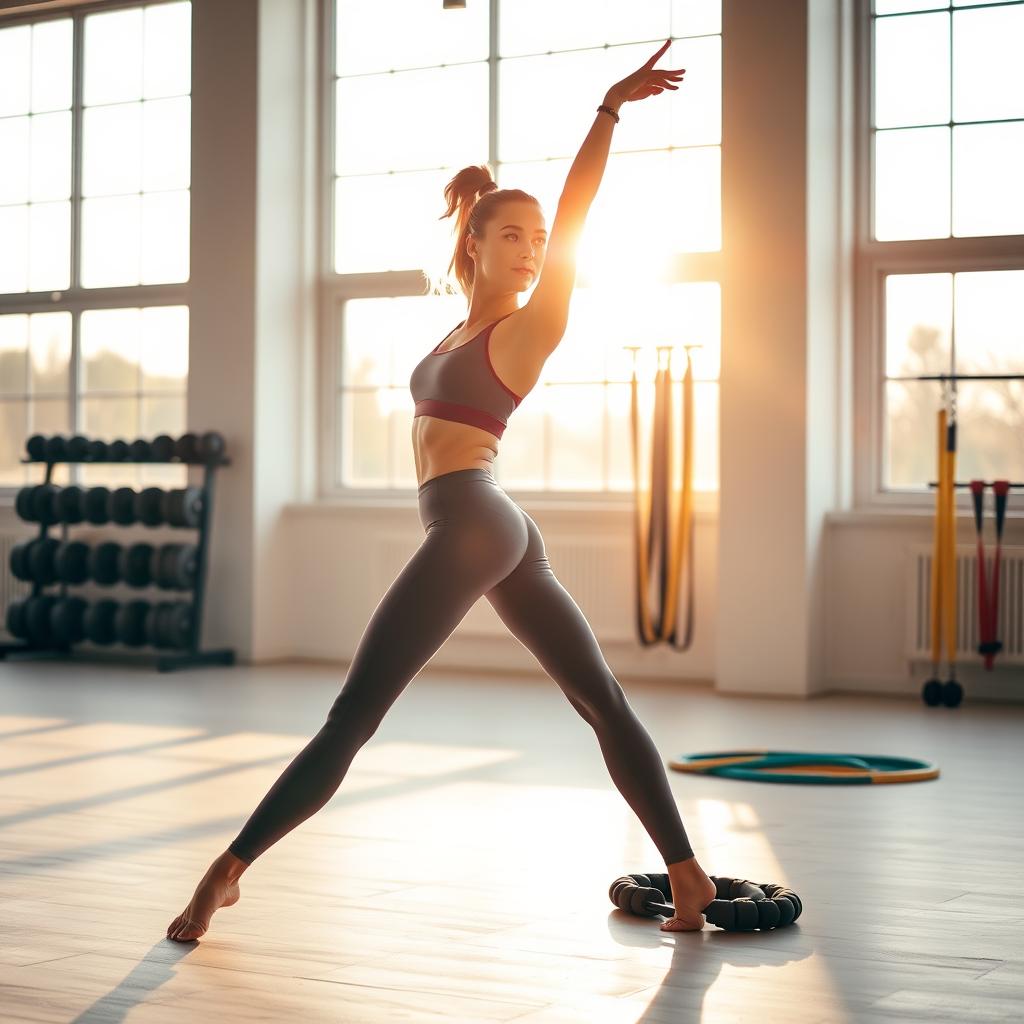When you think of dancers, the words “grace,” “expression,” and “fluidity” may come to mind. But what about “strength”? While often overshadowed by flexibility and artistry, strength training is the secret weapon many dancers use to elevate their performance and protect their bodies from injury. Whether you’re leaping across the stage or nailing intricate footwork, muscle strength plays a pivotal role in achieving control, balance, and endurance.
So, why is strength training essential for dancers? Beyond enhancing technical skills, it builds a solid foundation to handle the demands of high-intensity movement. A strong core keeps pirouettes stable, powerful legs absorb the impact of jumps, and overall muscle strength helps prevent overuse injuries a common concern for dancers. Incorporating the Best Workout Sets into your routine ensures balanced muscle development, better performance, and long-term physical health.
In this blog, we’ll explore the vital connection between strength training and dance performance, highlighting key exercises that dancers can incorporate into their routines. You’ll also learn practical tips for tailoring workouts to fit your unique needs and lifestyle, ensuring that strength training complements your artistry rather than competing with it. Ready to unlock your potential? Let’s dive in!
Why Dancers Need Strength Training
Let’s talk about improving performance and finesse. Strength training targets the muscles that drive precision and control allowing dancers to hold positions longer, move with more stability, and deliver dynamic expressions. Exercises focusing on the core, legs, and back such as deadlifts, planks, and single leg squats help refine balance and enhance power during leaps, twists, and intricate turns.
But it’s not just about aesthetics. Strength training is crucial for injury prevention and joint health. Dance puts intense strain on the knees, ankles, and hips, making muscle support essential for protecting these joints. By strengthening the surrounding muscles, dancers can lower their risk of injuries like sprains or tendonitis. Low-impact resistance moves, such as bridges or band work around the hips, are especially effective for enhancing stability without sacrificing flexibility. Just like following a Wrestlers Diet to Gain Muscle fuels performance and recovery, these targeted exercises give dancers the strength and resilience they need to excel.
Wondering what specific physical demands in dance strength training helps address? Here’s a breakdown:
- For jumps and leaps that defy gravity.
- Endurance: To sustain lengthy choreography without fading.
- Balance and control: For maintaining poise during spins and extensions.
- Core stability: A crucial element for every move, from simple footwork to advanced acrobatics.
So, whether you’re a seasoned performer or just dipping your toes into the dance world, incorporating strength exercises tailored to your needs can make a world of difference. Are you ready to transform your dancing with a stronger, healthier body?
Essential Muscle Groups Every Dancer Needs to Train

1. Core Muscles: The Foundation of Stability
Your core is more than just abs it includes your obliques, transverse abdominis, and lower back muscles. These work together to provide stability and control during complex movements like pirouettes and rolls. Plank variations, Russian twists, and bird-dogs are fantastic exercises to strengthen your core and improve rotation control.
2. Lower Body Muscles: Power for Jumps
Strong quads, hamstrings, and calves are non negotiable for executing explosive jumps and maintaining flawless balance in landings. Incorporate exercises like squats, deadlifts, and calf raises into your routine to build power and endurance in these critical areas.
3. Upper Body and Back: For Posture and Graceful Arm Movements
Dancers often overlook the upper body, yet toned shoulders, arms, and a strong upper back are essential for fluid arm movements and maintaining elegant posture. Rows, shoulder presses, and resistance band exercises can help you achieve both strength and grace.
Remember, strength training isn’t just about bulking up it’s about fine tuning your body to perform at its peak. Which muscle group will you focus on first?
Essential Strength Exercises for Dancers
Core Exercises: Stabilize and Strengthen
Your core is the foundation of nearly every movement in dance. To improve stability and control, incorporate these essentials:
- Planks: Perfect for engaging your entire core, focus on keeping your back straight and hips aligned.
- Side Planks: Add rotational movements or leg lifts to challenge your obliques and mimic dance transitions.
- Hollow Body Holds: This gymnastics inspired move helps cultivate a strong and stable center for aerial or floorwork.
Lower Body Exercises: Power and Precision
Your legs are your powerhouse. Jump higher, land softer, and turn quicker with lower body moves like:
- Squats: Start with bodyweight squats or add resistance for more intensity.
- Lunges: Experiment with forward, reverse, and lateral variations to target multiple muscle groups.
- Calf Raises: These strengthen your ankles and calves for better elevation in turns and jumps.
Upper Body Exercises: Grace and Strength
A strong upper body ensures fluid arm movements and helps perfect those lifts. Be sure to include:
- Push ups: Modify them by lowering to your knees or elevate your feet for a challenge.
- Rows: Use dumbbells or resistance bands to build back strength and posture for dance poses.
- Resistance Band Pulls: A great option for both warming up and directly improving shoulder stability.
Integrating these exercises into your routine doesn’t require a gym membership all you need is commitment and a bit of space. Which ones will you try first?
Incorporating Functional and Dynamic Movements
Plyometric Exercises for Explosive Power
Want to nail those high jumps with ease? Plyometric exercises are a game changer. These explosive moves focus on generating force, enhancing your ability to leap higher and land with better control. Try incorporating exercises like:
- Jump Squats: Boost leg strength and power by adding an airborne element to your squats.
- Box Jumps: Build explosive energy by leaping onto elevated surfaces.
- Skater Jumps: Mimic lateral dance movements while improving agility and coordination.
Balance and Stability Drills
Stability is the foundation of graceful movement. Tools like a Bosu ball introduce controlled instability that forces your muscles to adapt and strengthen. Challenge your core and stability with these moves:
- Bosu Ball Lunges: Master precise footwork by performing lunges on the unstable surface.
- Bosu Ball Single Leg Stand: Improve your balance by transitioning weight like you would while dancing.
Multi Directional Movements
Dance is not linear your movements demand adaptability and fluid control. Strength training with multi directional exercises ensures every muscle is ready to perform when it counts. Consider adding:
- Target your inner thighs and hip flexors, key for expansive dance strides.
- Rotational Medicine Ball Throws: Build rotational strength to mimic twisting motions used in choreography.
By tailoring your training to match the physical demands of dance, you’re not just improving strength you’re amplifying your artistry. Which exercise will you try first?
Strength Training Variations for Dancers at All Levels
Whether you’re just starting your dance journey or you’re a seasoned performer aiming to elevate your skills, strength training can play a transformative role. Tailored exercises not only enhance your physical strength but also improve balance, endurance, and fluidity on the dance floor. Let’s explore strength training variations that match your skill level and goals.

Beginner Friendly Bodyweight Exercises
- Plank Variations: Build core stability with options like forearm planks or side planks.
- Wall Sits: Perfect for strengthening your quads and enhancing endurance during extended routines.
- Calf Raises: Develop ankle and foot strength to refine your leaps and turns.
- Glute Bridges: Support hip mobility and alignment a key for graceful movements.
Intermediate Techniques with Resistance Bands or Free Weights
- Band Assisted Pull Aparts: Strengthen your upper back and shoulders for improved posture.
- Weighted Lunges: Increase lower body power to jump higher and land with control.
- Standing Band Rotations: Boost core rotation strength, aiding in sharper pirouettes.
- Bicep Curls: Using light free weights helps refine arm movements and control.
Advanced Techniques with Weighted Vests or Gymnastics Rings
- Weighted Bulgarian Split Squats: Push your leg strength and balance to the limits for more dynamic choreography.
- Ring Pull Ups: Perfect for building grip and upper body power, essential for lifts and partner work.
- Plyometric Box Jumps: Enhance explosive energy to nail those dramatic jumps.
- Core Ring Stabilizers: Push your abdominal strength and stability for precise, controlled movements.
Which level resonates with you the most? Remember, Strength Training for Dancers isn’t just about building muscle it’s about elevating your physical artistry. By trying different variations, you can strike the perfect balance between challenge and creativity, ultimately unlocking new dimensions in your performance and expression.

Hardik is the visionary founder and driving force behind Leanry.com, a platform committed to empowering individuals through reliable health information, wellness tips, and actionable content for a healthier lifestyle.

